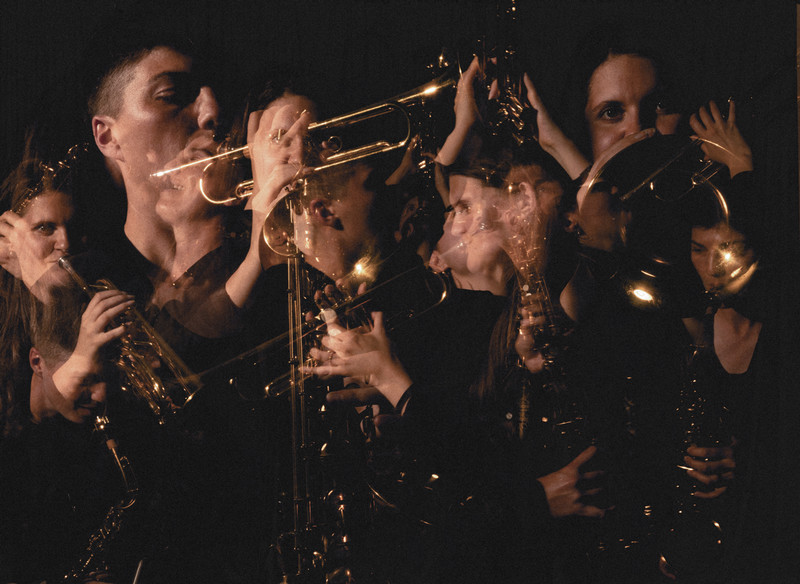Overturning Landmark Supreme Court Decision “Creates National Divide”
By Tom PorterAssistant Professor of Government Maron Sorenson shares her insights and opinions on the Supreme Court’s recent decision to overturn Roe v. Wade.
Sorenson, who teaches classes on judicial politics and constitutional law, says the decision, although not unexpected, is nonetheless a monumental one that creates a national divide by leaving abortion laws up to individual states.

Sorenson writes:
On Friday, June 24, 2022, the Supreme Court handed down its decision in Dobbs v. Jackson Women’s Health, striking down fifty years of precedent in overturning Roe v. Wade and Planned Parenthood v. Casey—an extremely rare move for the court. To put this into perspective, the Supreme Court has decided roughly ten thousand cases since 1950, and overruled only 243 of its own decisions in the institution’s entire 233-year history. Overturning landmark decisions is even more rare, occurring only sixteen—now seventeen—times, according to the National Constitution Center.
So, what did the court do in this seventeenth overturning of landmark precedents? In simple terms, it has declared there is no constitutional right to abortion, and so states are able to ban the procedure at any point, even at conception. Since a draft of this opinion, authored by Justice Alito, was leaked in May, the outcome was not entirely surprising—indeed some court-watchers even predicted this result as soon as Brett Kavanaugh and Amy Coney Barrett were confirmed. A lack of surprise, however, should not be construed to mean the opinion isn’t shocking in its disparate impacts and its real potential to curtail other unenumerated rights.
The court’s decision to leave abortion laws up to individual states creates a national divide where some women will have relatively simple access to abortion services while others simply will not. Maine law permits abortions for previable pregnancies; however, thirteen states currently have “trigger laws” in place, set to take effect over the next month. My home state of South Dakota, for example, is one of several that bans all abortions, without any exceptions for the victims of rape or incest or for serious fetal abnormalities that are incompatible with life. Women residing in these thirteen states will be forced to seek abortion services elsewhere, creating an even starker divide between those who can afford such a trip and those who cannot. This disparity is further compounded since women who are financially unable to travel for an abortion are the same women who will most struggle to afford a child or an additional child.
While effectively limiting abortion access, the doctrine used in Dobbs also has the potential to overturn other substantive due process rights like same sex marriage and access to birth control. Despite the majority’s assertion that Dobbs should not be construed as such, nothing in the opinion’s doctrine effectively limits that interpretation. Indeed, it’s what Justice Thomas’s separate opinion urges, and what a majority of survey respondents already believe is likely to happen.
Dobbs will also certainly impact how we think about our nation’s highest court. New research suggests that Americans’ views on if and how much the justices’ power ought to be curbed are driven primarily by how much we like the opinions they hand down. To this end, a recent CBS News/YouGov survey shows that Americans disapprove of the Dobbs decision by an eighteen-point margin, with an additional Marist poll finding that 56 percent believe the decision was politically motivated, rather than based in law, with 21 percent of polled Republicans agreeing.
While effectively limiting abortion access, the doctrine used in Dobbs also has the potential to overturn other substantive due process rights like same sex marriage and access to birth control.
What’s next for the nation is a long-term battle over abortion access waged in states and in our federal elected branches. What’s next for the court is less clear. No doubt the justices will go about their business as usual, issuing orders and handing down opinions. However, Dobbs has certainly cast a dark cloud over the court’s legitimacy, as seen in the Marist poll mentioned above: 58 percent of respondents reported having “not very much” or “no confidence at all” in the Supreme Court, and this does not bode well for an institution that relies upon support from a compliant public.



